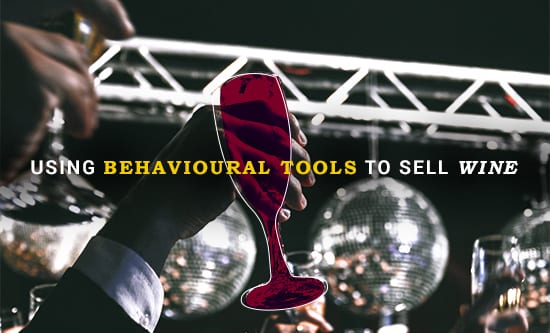Over the past couple of years at Digital Alchemy, we have been working on developing a new way of thinking about how to create customer engagement. For years we have constrained our thinking to finding the best offers or the best customers and then being clever about how we bring those together.
Let me give you an example of what I mean. Let’s take a simple case of trying to improve email open rates. There are a bunch of ways that we use to optimise the open rate – put your name in the subject line, send it to you at the time of day you are most likely to open your email, include a bunch of keywords that are “proven’ to increase open rates. The problem with these approaches is that they are clinical and therefore limited in their application. Once everyone figures out that you open your email at 4.35pm on a Tuesday, the advantage is going to disappear pretty quickly.
To date, most customer analysis has been focused on behavioural analysis, which works, and is a whole lot better than Select *.*. But it does leave out one important element – the customer’s state of mind. Well, you may argue that’s something that’s impossible for us to know…but is it?
First, we need to recognise that humans absorb information and respond to information differently. Innately we are all different. Some of us think Fast and some of us think Slow. Some care about what others think and get comfort when they see others buying something (these are the ones who line up in crowded restaurants), while others are more action biased and just want to eat so they go to the empty restaurant next door.
Second, we need to recognise that situations influence our response. Your purchasing process when buying a new tyre is different when the one in your boot has a hole in it to when the purchase is a regular tyre renewal.
To tackle this challenge, we’ve developed a tool kit of 56 behavioural tools like the ones I described above and we’ve integrated them into an AI engine that looks at both the “WHAT” are you are likely to be interested in and the “HOW” you would like it presented to you.
So here is an interesting insight from something we did to prove my point. About a year ago, we purchased a small online wine company (www.thegourmet.com.au) so that we could experiment and test this process…this gave us many insights and lessons but here is one that I think is particularly interesting.
We send out about 5-6 emails per week. When we did this, we started using a range of behavioural tools in the subject line so that we could learn which customers responded to which ones. Among these were two behavioural tools were two that gave interesting results: Fast Thinking and Good Mood. The tools are pretty self-explanatory so I won’t go into what they are all about here. What we found, however, was that customers were more responsive to Fast Thinking during the week (work mode) and more responsive to (Good Mood) during the weekend. The really important thing is that we didn’t discover this using an A/B test. When we set out to see if this was true, we started out by designing 11 different propositions from the 56 tools we have in our toolkit and we analysed the results. This allowed us to discover insights from beyond what we already knew. In other words, we weren’t just validating our ideas – we were discovering things that we would never have thought of.
I think the power of true insight is when you look at the result and think “Wow! That is so obvious” and then settle back and admit to yourself that you might never have thought of it yourself…
—
 by Regan Yan, the CEO of Digital Alchemy.
by Regan Yan, the CEO of Digital Alchemy.
Regan is a subject-matter expert in analytical database marketing and customer relationship marketing, as well as an in-demand presenter and keynote speaker at national and international events. He also authors thought leadership pieces on data-driven marketing that can be found on the DA Blog.



